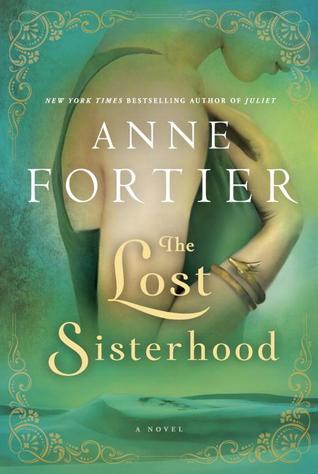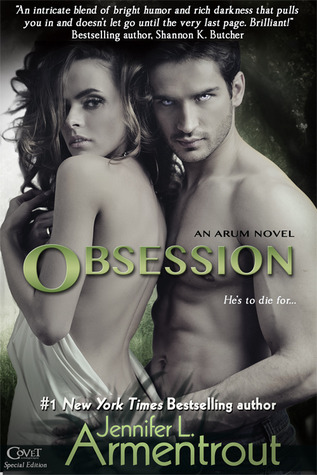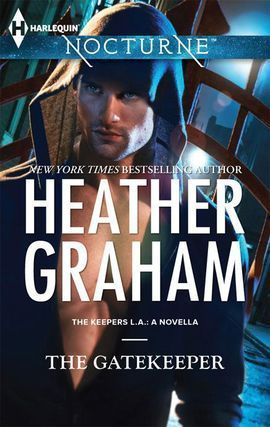I received this book for free from NetGalley in exchange for an honest review. This does not affect my opinion of the book or the content of my review.
Source: NetGalley
The Lost Sisterhood
by
Anne Fortier
in eBook edition on March 11, 2014 and has 585 pages.
Explore it on Goodreads or Amazon
A suspenseful fictional history that explores the past — with a feminist slant!
My Take
The start took me back to Deborah Harkness’ All Souls Trilogy as Dr. Morgan slips around Oxford University with her interest in Amazons.
The Lost Sisterhood, however, is not as well-written as Harkness’ work. It’s melodramatic with childish behavior, interactions that rub me the wrong way, and there’s a juvenile quality to how the actions are laid out, although I must give Fortier kudos for an inventive and very plausible idea about the Amazons.
This whole story is full of dumb moves, leaps to conclusions on few facts, decisions are made based on overactive imaginations, and the adventurous actions and love interests are high schoolish. You’d never believe these were supposedly intelligent people.
A foundation that changes identities at the drop of a hat that can’t be bothered to communicate, a suspicious bombing that’s too convenient, Diana’s willy-nilly tell of her weak-willed blind traipsing along, jeopardizing her chances at Oxford, and those Amazons really need to get with the twentieth century or get more pigeons. Then there are the stupid tropes that contribute to the eye rolling and mental gagging.
Nor did Fortier make it believable that Diana was enthusiastic about delving into Amazonian history to such an extent that she would continue to follow this guy through all the twists, turns, and “traps”. Sure, Fortier told us how obsessed Diana was, but she didn’t show me. I couldn’t buy it that she was so fascinated that she ignore all the stupid hiccups along the way. Fortier needs to work on the tension levels here.
I think Fortier missed the boat with James as well. There were so many opportunities to drive the emotions and tensions with Diana’s obsession with him, and there’s all that hinting that Fortier did about the “truth” of James’ involvement in events. It was annoying. Go somewhere with it!
Aloha? Seriously?? That lovely chicks comment was out of character unless it was meant as sarcasm??
The initial encounter with the priestesses was off. I don’t know if I was distracted by Myrina’s naiveté in leaving her sister on her own and “introducing” herself from atop the temple walls or by the priestesses’ automatic judgment and then the high priestess’ quick reversal and condemnation of her own people. For someone who has risen to her position of authority, I would expect more understanding of human behavior. Yep, there were eye rolls when some of the priestesses suddenly wanted to be friends, and the childish reactions of the annoyed ones. It was so abrupt, as if Foriter could now check that one off her list. Nor did I expect the priestesses to be so naive when the ships attacked.
I did like how Fortier split the story up between Diana’s immediate day, her past, and the priestesses back in the Bronze Age. The re-telling of Homer’s Troy and how Fortier tied in his “facts” with hers was fascinating, a great twist on the plot that actually makes as much sense as the original story.
I’m of two minds — when am I not!? — of the accusations of looting by Middle Eastern and Asian countries. Yes, Western archeologists did haul home tons and tons of artifacts from these countries. You know, the ones who were doing nothing to preserve their treasures while their own people were looting the tombs and selling them to anyone who’d buy them. Which generally were not their own people. So, all of a sudden, we’re leaping into revisionist archeological practices?? It’s bad enough that we keep trying to re-write history.
The accusations certainly fly fast and furious between James and Nick, each accusing the other of skullduggery. I must confess I enjoyed the creative ending for James. It was so perfect for both him and Diana.
I do like Nick’s take on religious rules: “I try to live by the spirit of God, but not by the rules, because rules are made by man, and man is nothing but a fatally conceited flea on the mammoth of Creation.”
On the whole, if you’re fascinated by Amazons, you will enjoy that aspect of it (you will cry some), but on the whole…get it from the library.
The Story
It’s a golden opportunity and exactly what Dr. Morgan craves — recognition as the expert on Amazons and the chance to dig deep into history and find the proof to show the world. The money doesn’t hurt either!
The Characters
Dr. Diana Morgan is obsessed with Amazon culture, mostly due to the influence of her supposedly schizophrenic Granny. Rebecca Wharton is Diana’s best friend (and the daughter of the vicar and his wife) since childhood and just as fascinated by the ancient past as Diana. Rebecca had a Bichon Frise, Spencer, when she was young that provided a momentous event in their young lives. Diana’s mother was an embarrassing woman with her Moselane obsession. Vincent is her father, now retired from being the local headmaster.
Oxford University
James Moselane was a part of Diana’s childhood — at a distance anyway, having grown up in the big house. Lord and Lady Moseland are his parents. Professor Larkin is the lecturer Diana is temporarily replacing. Professor Vandenbosch is a sexist jerk. Professor Katherine Kent is Diana’s mentor whom Diana ignores. Frank is the school porter.
Ahmed, a.k.a., Nick Barrán, is the escort who meets Diana in Djerba. John Ludwig represents the Skolsky Foundation, and is even more of a jerk than Vandenbosch. Seems it’s not really the Skolsky Foundation, but the Aqrab Foundation. Maybe. Craig is the foreman at the site. Hassan al-Aqrab is a Dubai billionaire who uses terrorism to force foreign governments to return “stolen” artifacts. Kamal al-Aqrab is his son. Grigor Reznik is a crooked artifacts dealer in Istanbul who may be the head of a Swiss smuggling ring. He seeks to avenge his jerk of a son’s, Alex‘s, murder. Chris Hauser.
Mr. Telemakhos is a quasi-academic wild card who has Rebecca under his spell. Dr. Özlem is a disgraced curator of a museum in Turkey. Dr. Jäger is associated with the Museum und Park Kalkriese where a young archeologist, Felix, helps Diana make a connection. Marko is a source in Suomussalmi with an interesting and slightly erroneous story about Molotov cocktails. Vabu Rusi, a survivor, is key. Dr. Huusko is a lifesaver in Suomussalmi.
Today’s Amazons include Otrera, Tynne (a.k.a., Kara) is Otrera’s sister, Lilli is this chapter’s queen, Pitana, and Penthesilea.
The Bronze Age
Myrina has trained herself to be a hunter; she and her sister, Lilli, were lucky they were away from their village, Tamash. Their mother’s name was Talla, and it seems she had a secret past. Nena had been Myrina’s friend.
The Moon Goddess’ priestesses
The High Priestess. The priestesses Animone, Pitana, and Klito are Myrina and Lilli’s first friends. The traitorous Kara leads those who hate the girls. Neeta, Kyme, Egee, and Pylla are some of the other priestesses.
Prince Paris comes to Myrina’s rescue again and again. Aeneas is his best friend; Creusa is his wife. Dares is another friend. King Priam is his resigned father. Minos is the king of Crete. Agamemnon is king of Greece and is based at Mycenae. Menelaos of Sparta is his treacherous nephew and new heir. Achilles is a pirate sanctioned by Agamemnon.
Helen escapes Agamemnon when the girls are rescued. The Lady of Ephesus will take the priestesses in through her human emissary, Lady Otrera, Paris’ aunt. Penthesilea and Hippolyta are Otrera’s daughters. Hercules has an unexpected role — and yes there’s a reference to a girdle.
Dr. Trelawny was an old school chum of Diana’s dad. Frederico Rivera taught Diana a nasty lesson.
The Amazon Hoard is considered a myth. Diodorus Siculus is an ancient Greek historian.
The Cover and Title
The cover is a glorious green with golden traceries in the corners, all softening in on a profile of a woman’s torso in a black sleeveless top — modern and ancient at once — one arm crooked at the elbow, a jackal-headed bracelet twining its way around her forearm. I think the cover is the best part of this story.
The title is the focus, The Lost Sisterhood.





